Research suggests that blue light could effectively destroy Listeria monocytogenes, a common contaminant plaguing food processing plants
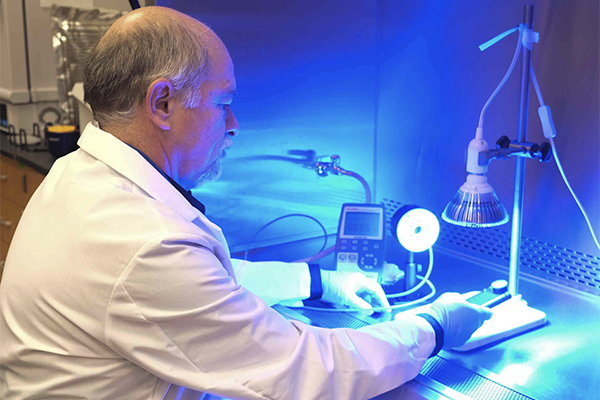
Blue light kills both dried cells and biofilms of the pathogen Listeria monocytogenes, a frequent contaminant of food processing facilities, according to new research.
The study, which was published in Applied and Environmental Microbiology, found that the demise of L. monocytogenes occurred quickest when cells or biofilms were placed on polystyrene, a widely used, transparent form of plastic.
“These results contribute to advancing our understanding of the potential of blue light to treat inert surfaces contaminated with L. monocytogenes,” said Dr. Francisco Diez-Gonzalez, corresponding author and director and professor at the Center for Food Safety at the University of Georgia.
Although biofilms of pathogens are generally powerfully resistant to being exterminated, the results suggest that blue light could effectively destroy L. monocytogenes. The research team deposited liquid suspensions of mixtures of 5 strains of L. monocytogenes on small, sterile rectangular plates made of 6 different materials, including polystyrene, stainless steel and silicone rubber, which were then allowed to dry. The researchers also used similar plates to grow biofilms, which they also allowed to dry.
Then, they shined blue light onto the biofilms and onto the dried suspensions of cells on the plates to determine the most effective combinations of doses and wavelengths, as well as the most effective surfaces on which to extirpate the pathogens.
“The application of blue light for controlling microbial contamination has the potential to offer an additional technology that could complement existing methods for disinfecting surfaces in contact with foods,” said Diez-Gonzalez, noting that blue light has been used for disinfection in hospitals. As compared to ultraviolet light, blue light offers reduced risk for the user, he said.
Now that you've reached the end of the article ...
… please consider supporting GSA’s mission to advance responsible seafood practices through education, advocacy and third-party assurances. The Advocate aims to document the evolution of responsible seafood practices and share the expansive knowledge of our vast network of contributors.
By becoming a Global Seafood Alliance member, you’re ensuring that all of the pre-competitive work we do through member benefits, resources and events can continue. Individual membership costs just $50 a year.
Not a GSA member? Join us.
Author
-
Responsible Seafood Advocate
[103,114,111,46,100,111,111,102,97,101,115,108,97,98,111,108,103,64,114,111,116,105,100,101]
Related Posts
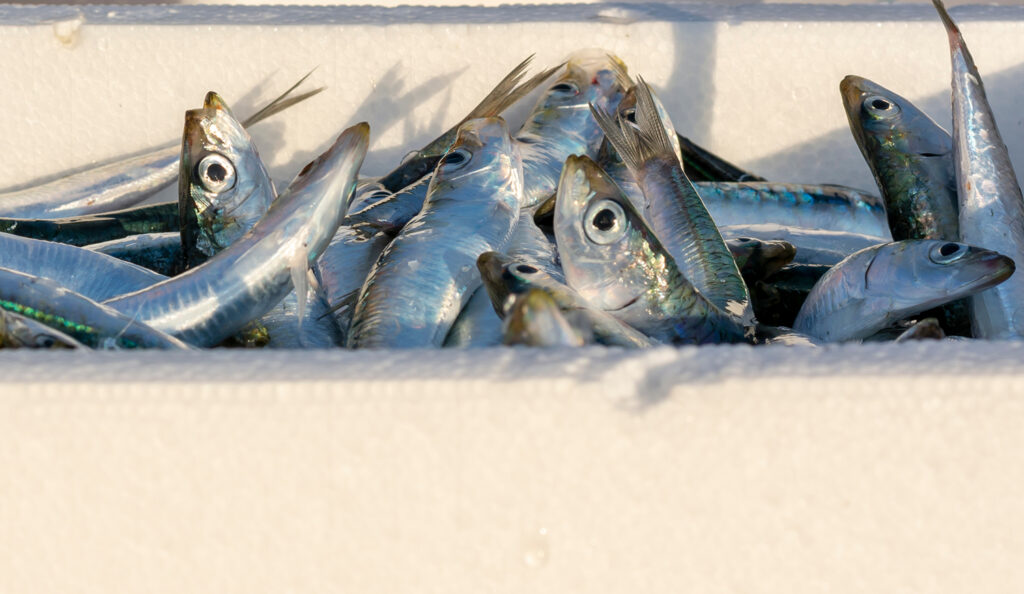
Intelligence
Will proposed FSMA traceability requirements secure or stress the seafood industry?
A proposed change to the Food Safety Modernization Act could improve traceability but be ‘burdensome’ for the seafood industry to implement.
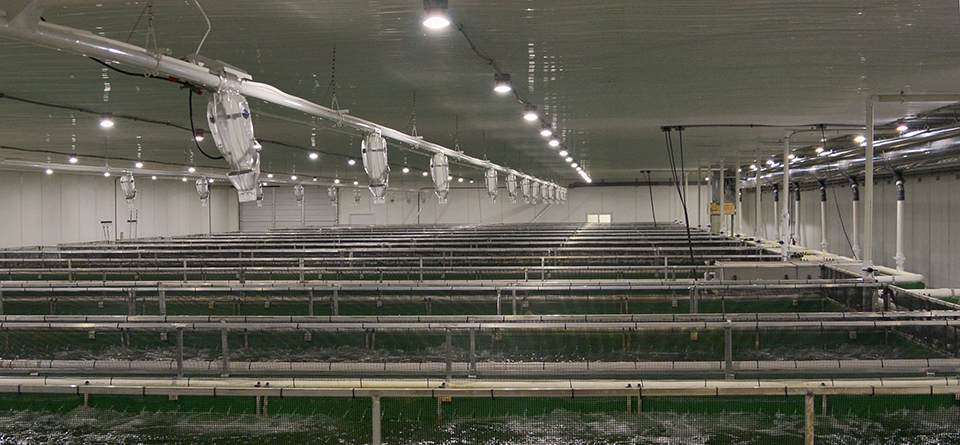
Health & Welfare
LED lighting technology provides unique benefits for aquaculture
Environmental lighting, which synchronizes all stages of aquatic life, is an important consideration as more aquatic animals are produced indoors in highly controlled environments. Artificial lighting should deliver uniform light across the water’s surface in rearing tanks and mimic not only photoperiod, but also light color and intensity.
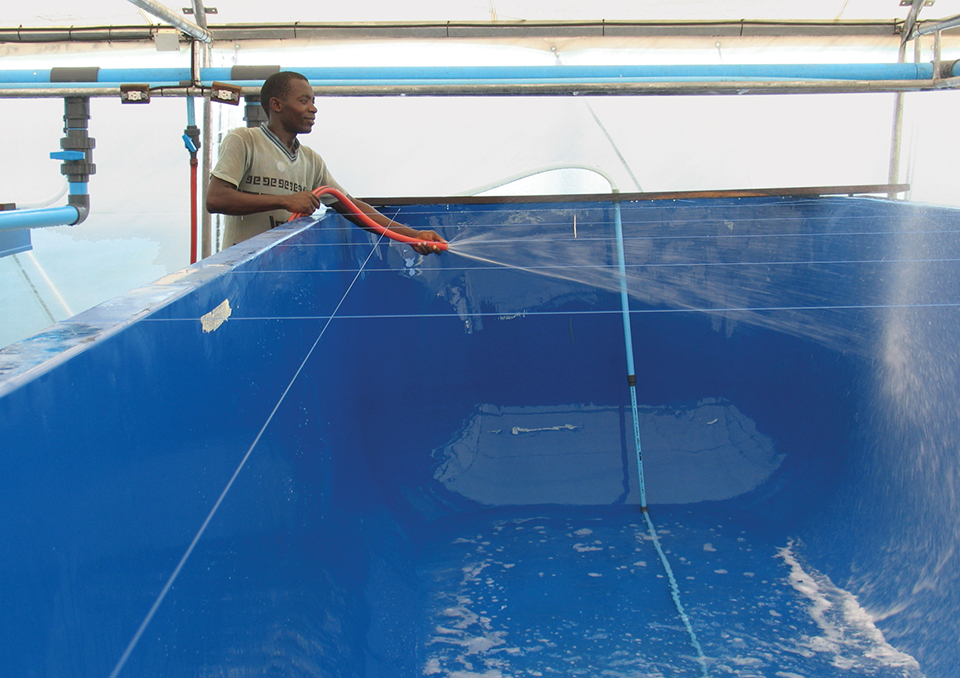
Responsibility
Chlorine an effective disinfectant in aquaculture
Ponds should be fertilized a few days after chlorine application to encourage the regrowth of natural food organisms before introducing postlarvae.
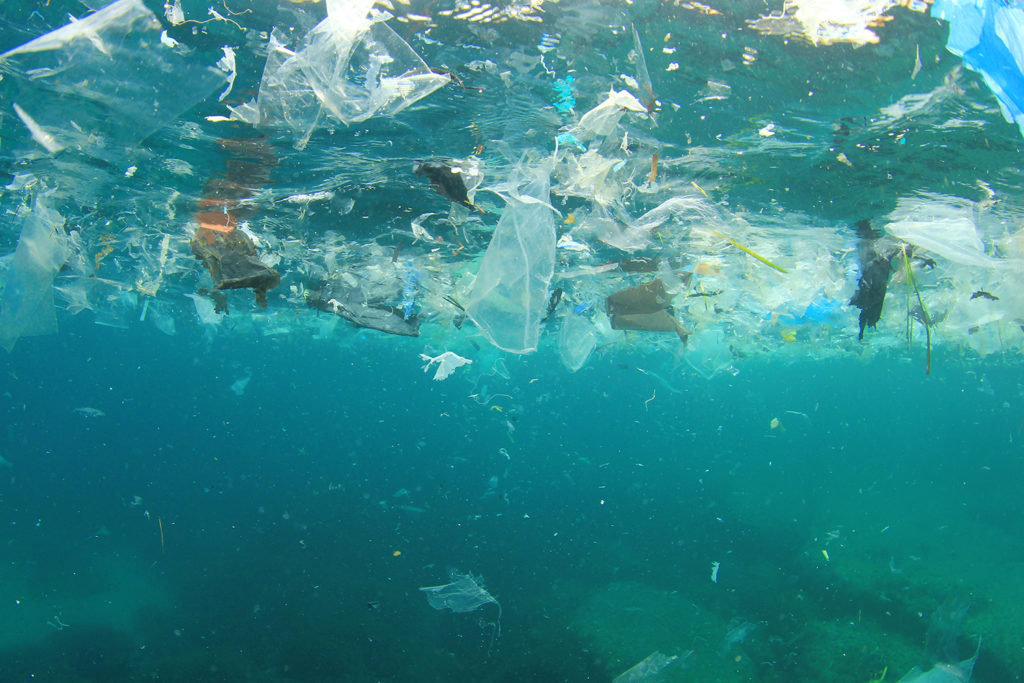
Responsibility
What threat do microplastics, a.k.a. ‘ocean hitchhikers’, pose to aquaculture?
A Trends in Microbiology paper posits that ocean microplastics could be a vector for pathogens, spreading antimicrobial-resistant genes.



